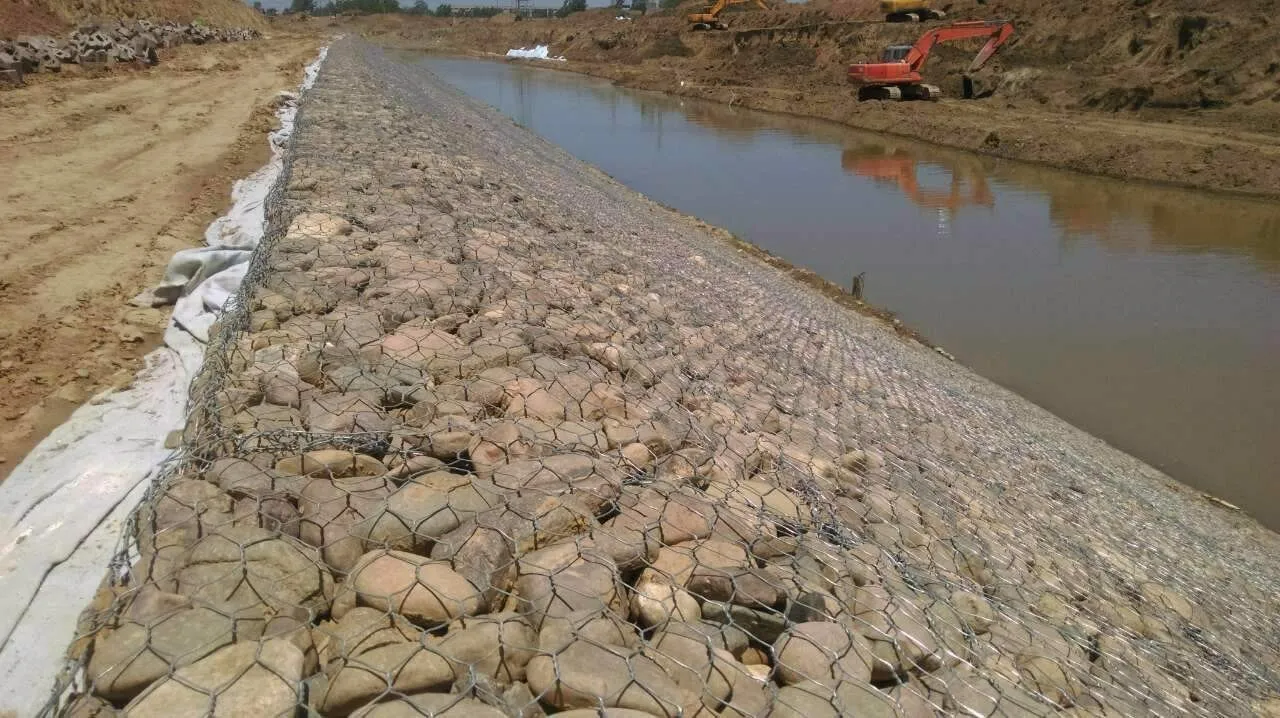-
 Phone:
Phone: -
 Email:
Email:

Hexagonal Wire Mesh Dimensions and Their Applications in Various Industries
Understanding Hexagonal Wire Mesh Sizes
Hexagonal wire mesh, also known as hex wire mesh or hexagonal chicken wire, is a versatile and commonly used material in various applications, ranging from construction to agriculture. It consists of twisted wires that form a hexagonal pattern, providing strength and flexibility. One of the crucial factors to consider when using hexagonal wire mesh is its size, which can greatly influence its performance and suitability for specific projects.
Common Sizes and Dimensions
Hexagonal wire mesh comes in a variety of sizes, with the most common wire diameters ranging from 0.5 mm to 2.0 mm. The size of the mesh openings typically varies as well, with standard opening sizes ranging from 12 mm to 50 mm. For example, a mesh size with a 19 mm opening would be suitable for lightweight animal enclosures, while a 32 mm opening might be used in gardening applications to keep larger pests at bay.
When considering hexagonal wire mesh sizes, it is important to note that the size of the mesh and the wire thickness play a significant role in determining the strength and durability of the material
. Thicker wires are generally stronger and better suited for heavy-duty applications, such as fencing for larger animals or as reinforcement in building projects. Conversely, thinner wires might suffice for lighter applications, such as securing gardening plants or creating decorative garden features.Applications Based on Size
1. Animal Enclosures For small animals such as rabbits and poultry, a smaller mesh size (e.g., 12 mm to 19 mm) is often preferred. This prevents smaller animals from escaping and keeps predators at bay. However, for larger animals like goats or sheep, a larger mesh size (e.g., 25 mm to 50 mm) may be adequate, provided that the wire thickness is sufficient to withstand their strength.
hexagonal wire mesh sizes

2. Garden Protection In gardening, hexagonal wire mesh is used to protect plants from pests. A finer mesh with a smaller opening is ideal for protecting seedlings from birds and small rodents. Meanwhile, a larger size can be useful for creating barriers against larger animals while still allowing ample light and air flow.
3. Reinforcement In construction, hexagonal wire mesh is often used for reinforcing concrete structures. The size of the mesh and the thickness of the wires are crucial in ensuring the strength of the structure. A denser mesh (tight openings) allows for more significant reinforcement, which is particularly important in areas where structural integrity is critical.
4. Decorative Uses Hexagonal wire mesh has also found popularity in decorative applications, such as as fence panels or garden accents. The aesthetic appeal of the hexagonal pattern allows for creative designs. Here, the size can be chosen based on the visual effect desired, as well as the practical aspects of how much visibility and airflow are necessary.
Choosing the Right Size
When selecting hexagonal wire mesh, it is essential to determine the specific requirements of your project. Consider factors such as the species of animals being enclosed, the potential risk of predators, the environmental conditions, and the intended purpose of the installation. Consulting with professionals or manufacturers who specialize in wire mesh can also provide valuable insights into which sizes and types may be most suitable for your needs.
In conclusion, hexagonal wire mesh is a versatile material with sizes that can accommodate a wide range of applications. By understanding the different mesh sizes, wire thicknesses, and their respective uses, you can make informed decisions that ensure the safety, durability, and effectiveness of your projects. Whether you are using it for fencing, gardening, or construction, selecting the right hexagonal wire mesh size is key to achieving optimal results.
-
Wire Mesh for Every Need: A Practical SolutionNewsJul.25,2025
-
Steel Fences: Durable, Secure, and Stylish OptionsNewsJul.25,2025
-
Roll Top Fencing: A Smart Solution for Safety and SecurityNewsJul.25,2025
-
Cattle Farm Fencing Solutions for Maximum SecurityNewsJul.25,2025
-
Affordable Iron Binding Wire SolutionsNewsJul.25,2025
-
Affordable Galvanized Wire SolutionsNewsJul.25,2025
-
Wire Hanger Recycling IdeasNewsJul.25,2025








